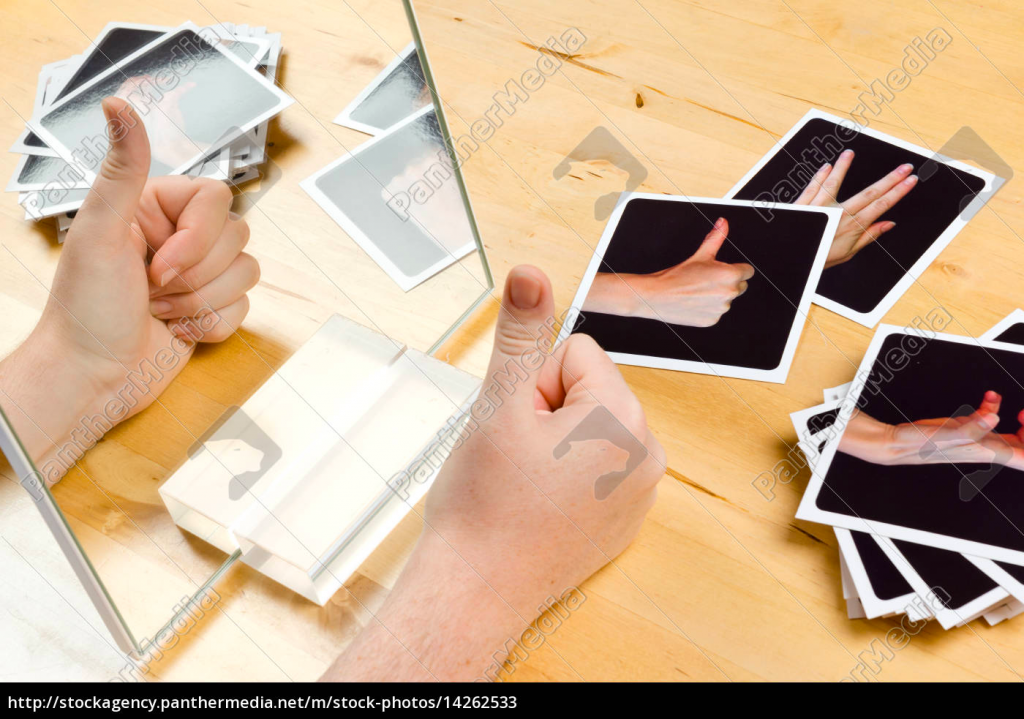In October 2015, when I was 19 years old, I was diagnosed with having a stroke. For those of you that do not know what a stroke entails, or how it can affect the body, some context. When a person has a stroke, a blood clot gets stuck in a vein inside the brain. Depending on how long this blood clot is stuck, the part of the brain ‘behind’ the clogged-up vein gets deprived of oxygen and can therefore ‘die’. The bodily functions controlled by this part of the brain will no longer receive impulses and stop working. Depending on the placement in the brain where the blood clot gets stuck, has influence on which part of the body gets paralyzed. For me, it was severe in such a way that the whole right side of my body became completely paralyzed. Most affected was my right hand, seeing as this part of my brain was without oxygen the longest. Luckily for me, I am a southpaw, so I did not need to learn how to write again with my non-dominant hand. However, I did undergo treatment at a rehabilitation center to gain mobility back in my right limbs. Through the use of digital means, I learned how to use my hand again (sort of).
A great way physical therapists help stroke patients regain motor functions in their affected limbs, is through mirror therapy (MT). According to NCBI, in this rehabilitation therapy, “a mirror is placed between the arms or legs so that the image of a moving non-affected limb gives the illusion of normal movement in the affected limb. By this setup, different brain regions for movement, sensation, and pain are stimulated.” In this way, the motor functions of my affected hand would be improved.

However, because I have a small tattoo on my wrist, my physical therapist suggested we use this mirror technique through the use of virtual reality goggles. A video of my left hand was made in which I had to perform basic movements in which I stretched my left-hand fingers. This image was later mirrored in aftereffects, so that it seemed as if my right hand was performing the movements (my small wrist tattoo was photoshopped into the video). For thirty minutes a day, seven days a week I had to perform the movements with my right hand while watching the video through VR goggles. My physical therapist watched me closely and made sure that my right-hand fingers mimicked the movements from the video in an accurate way. I was sceptical about the VR goggles, simply because I did not believe that it my brain could be tricked into thinking that my right hand was performing the movements I was being shown, or that it [my right hand] would mimic the movements in real time as I was watching. But, according to many imaging studies: movements, whether real or computerized, are processed in a similar way by the brain.

Another digital way to improve my right-hand motor functions, way through taking computer lessons, specifically typing lessons. I took an online course for learning how to type using ten fingers, blindly. Although fingers do not contain muscles, typing – for me – was a good exercise as it improved the dexterity and helped with stretching of my fingers. In addition, moving my fingers one at a time really helped my brain pick up on the nerve signals that were weakened by the stroke.
As of today, the digital world is used more and more in terms of physical therapy. Especially because of the Covid pandemic, many healthcare organizations have ‘gone online’. Physical consultations are done through a screen; with the advancements of the digital world, it is possible for patients to have online consultations with their doctors and therapists, and with lockdowns, many patients were stuck at home. Therapy plans and exercises could be worked on from home, with digital help from professionals.
Apart from digital consultations, very few medical fields make use of the digital world for therapy, except for physical rehabilitation therapy. The use of VR has been very beneficial for children suffering from cerebral palsy (CP), according to research “the use of specially designed computer games can motivate and help children to enhance the use the affected limb while also strengthening the muscles involved and any related affected functionality.”
According to this same research: “human computer interaction is an area within rehabilitation therapy that provides a new and innovative method for intervention.” Especially the use of virtual reality can help emphasize the learning of motor functions and mobility. Rehabilitation through video games and virtual reality makes the process of therapy less stressed for the patient as well, as there is no correct sense of ‘doing it right or wrong’. This does not only benefit children with CP, but patients of all ages. In addition, using the digital world to the therapy’s advantage means that rehabilitation can be done from home as well. This adds a number of hours to the overall therapy, which in turn enhances the chance of a (near) full recovery for the patient.
As a former patient myself, I can definitely vouch for this kind of (rehabilitation) therapy and I hope that the World Health Organization keeps doing research on the use of digital means for physical therapy, as it truly does make an immense difference for the patients!
References used:
https://www.ncbi.nlm.nih.gov/pmc/articles/PMC6513639/
https://books.google.nl/books?id=Xbc0CgAAQBAJ&pg=PA145&lpg=PA145&dq=digital+world+influence+rehabilitation+therapy&source=bl&ots=5TQVqmaVPn&sig=ACfU3U3L5a9jDVq25AYVWGUN2qkISZSCXg&hl=nl&sa=X&ved=2ahUKEwiBqvrrv7jzAhXD_aQKHS60BAIQ6AF6BAgJEAM#v=onepage&q=digital%20world%20influence%20rehabilitation%20therapy&f=false


Recent Comments